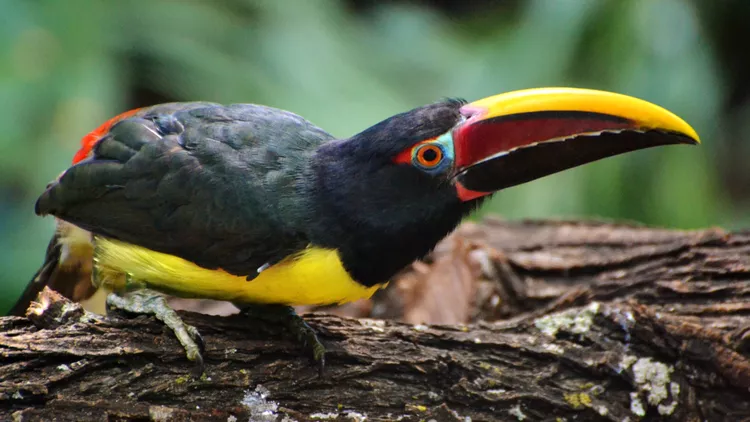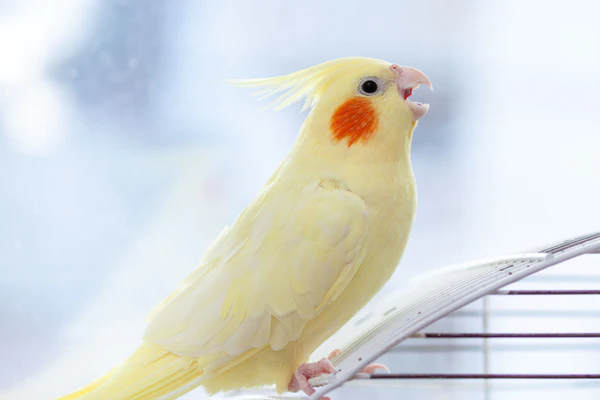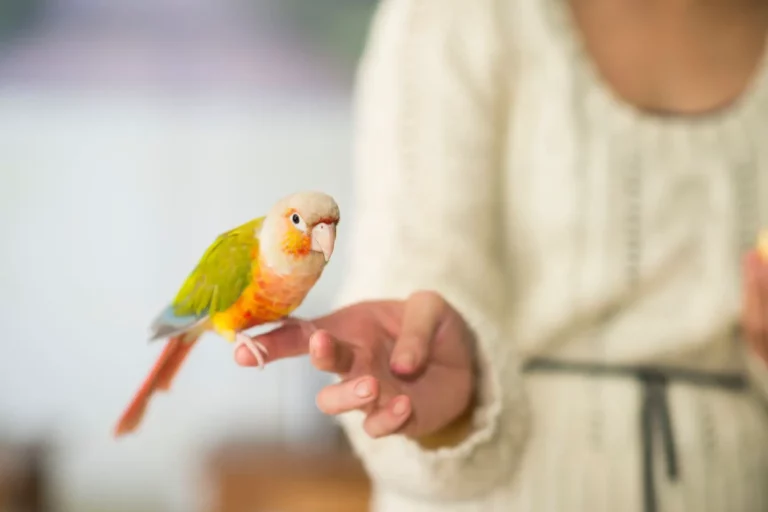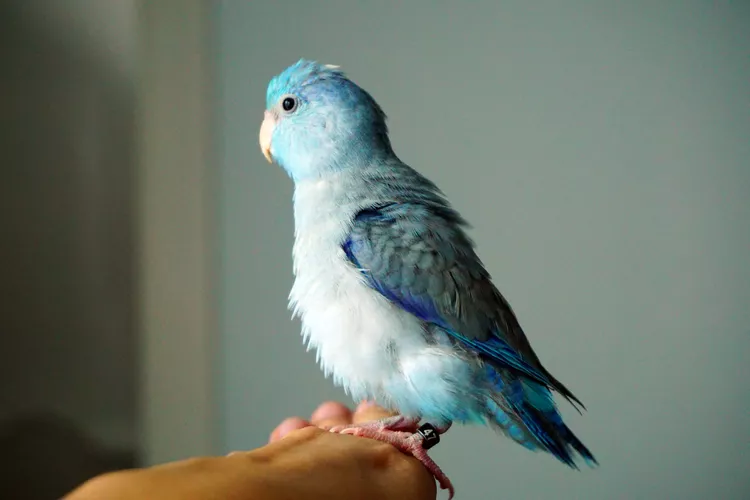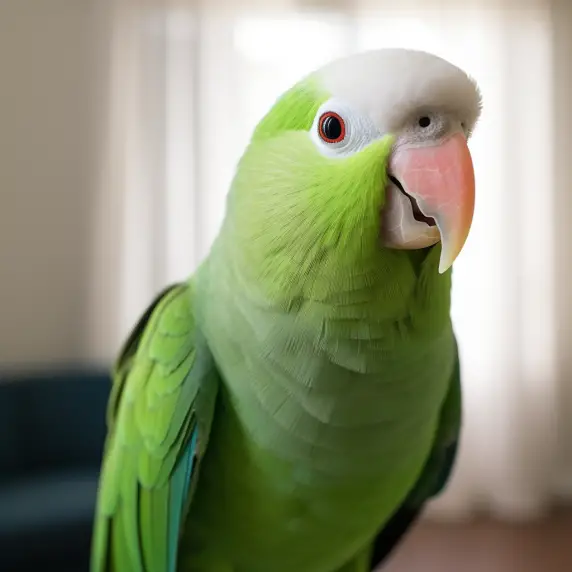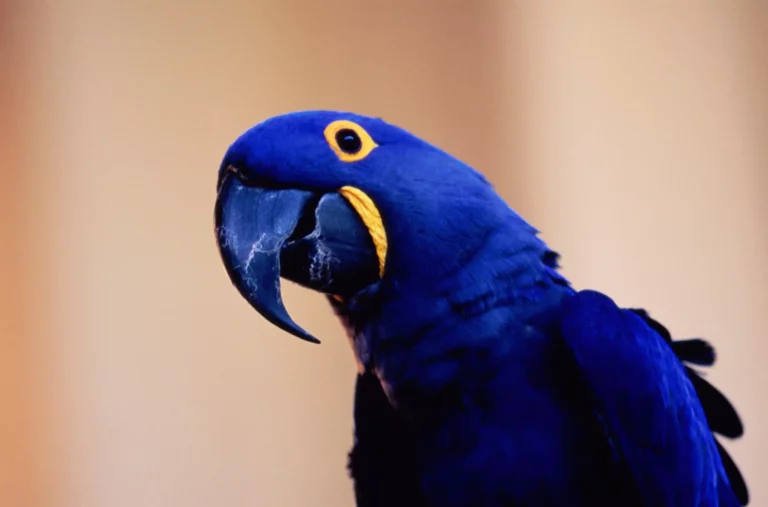The Rarest Parakeet Colors: Uncovering Nature’s Masterpieces
Parakeets are beloved for their vibrant personalities and equally vibrant plumage. With their myriad of colors, they truly are nature’s living masterpieces. But among their colorful ranks, certain hues stand out as incredibly unique.
This blog post takes a deep dive into the rarest parakeet colors, unveiling the captivating world of these extraordinary birds.
Key takeaways:
- Parakeets come in a wide range of colors, some of which are quite rare.
- Rare parakeet colors are the result of specific genetic mutations.
- Understanding these colors can provide fascinating insights into parakeet genetics.
Short Answer: The rarest parakeet colors often result from unique genetic mutations, some of the rarest being the anthracite, clearwing, and certain albino variants. However, rarity can vary depending on geographic location and specific breeding practices.
Understanding Parakeet Colors and Mutations
Parakeet colors are a marvelous display of nature’s genetic palette. These vibrant hues are the result of a complex interplay between genes, which can sometimes undergo mutations leading to unexpected and beautiful color variants.
It starts with the basics. The primary colors of parakeets are green and blue, determined by two pigments – yellow and blue. The yellow pigment, called psittacofulvins, is unique to parrots, including parakeets.
When this yellow combines with the structural blue color in their feathers, you get the common green color in parakeets.
However, the true charm lies in the mutations. Color mutations can affect both the structure and pigmentation of the parakeet’s feathers, leading to a variety of striking and often rare colors.
For instance, when a mutation suppresses the yellow pigment, you get a blue parakeet. Conversely, a mutation that suppresses the structural blue yields a pure yellow parakeet.
By understanding these mutations, we gain an entry into the fascinating world of parakeet color genetics, and the treasure trove that is the rarest parakeet colors.
The Parakeet Color Chart: From Common to Rare
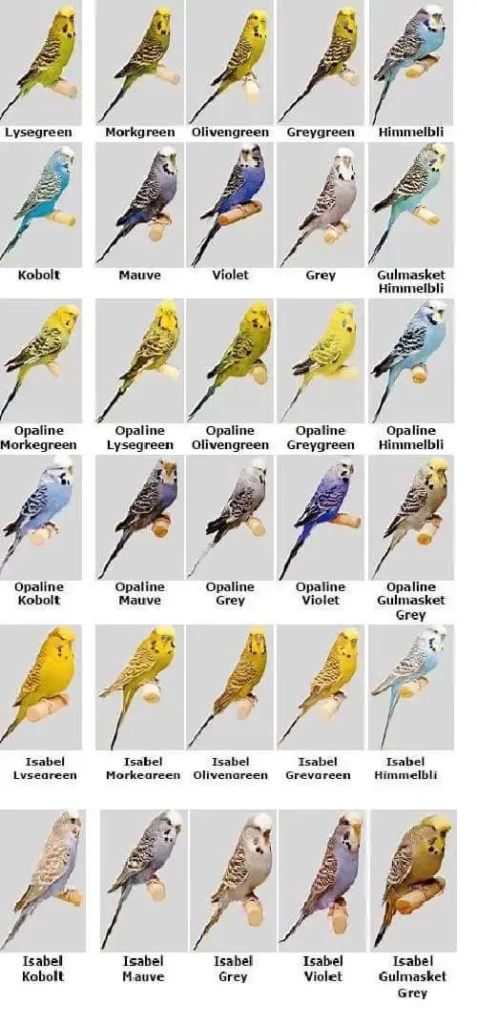
Deciphering the parakeet color chart is like reading a complex genetic code. From the common greens and blues to the less common yellows, whites, and grays, the range of colors is diverse.
To simplify, here is a quick list of some common and rare parakeet colors:
Common Colors
- Green: This is the wild-type color. It results from the combination of yellow and blue pigments.
- Blue: The blue parakeet occurs when a mutation suppresses the yellow pigment.
- Yellow: The pure yellow color occurs when a mutation suppresses the structural blue color.
Rare Colors
- Anthracite: A truly unique mutation leading to a dark charcoal-colored parakeet.
- Clearwing: This mutation results in reduced body color and brightly colored wings.
- Albino: An all-white bird with red eyes, it results from the combination of blue and ino (albino) mutations. However, there are several types of albinos, some rarer than others.
Understanding this chart allows for a deeper appreciation of the rare beauty these colorful birds exhibit, a stepping stone to exploring the rarest parakeet colors.
Unveiling the Rarest Parakeet Colors
Stepping into the realm of the rarest parakeet colors is akin to embarking on an exciting treasure hunt. Some of these colors are so rare that they can take breeders years, or even decades, to successfully produce.
Here are a few of the rarest colors in the parakeet world:
1. Anthracite Parakeets
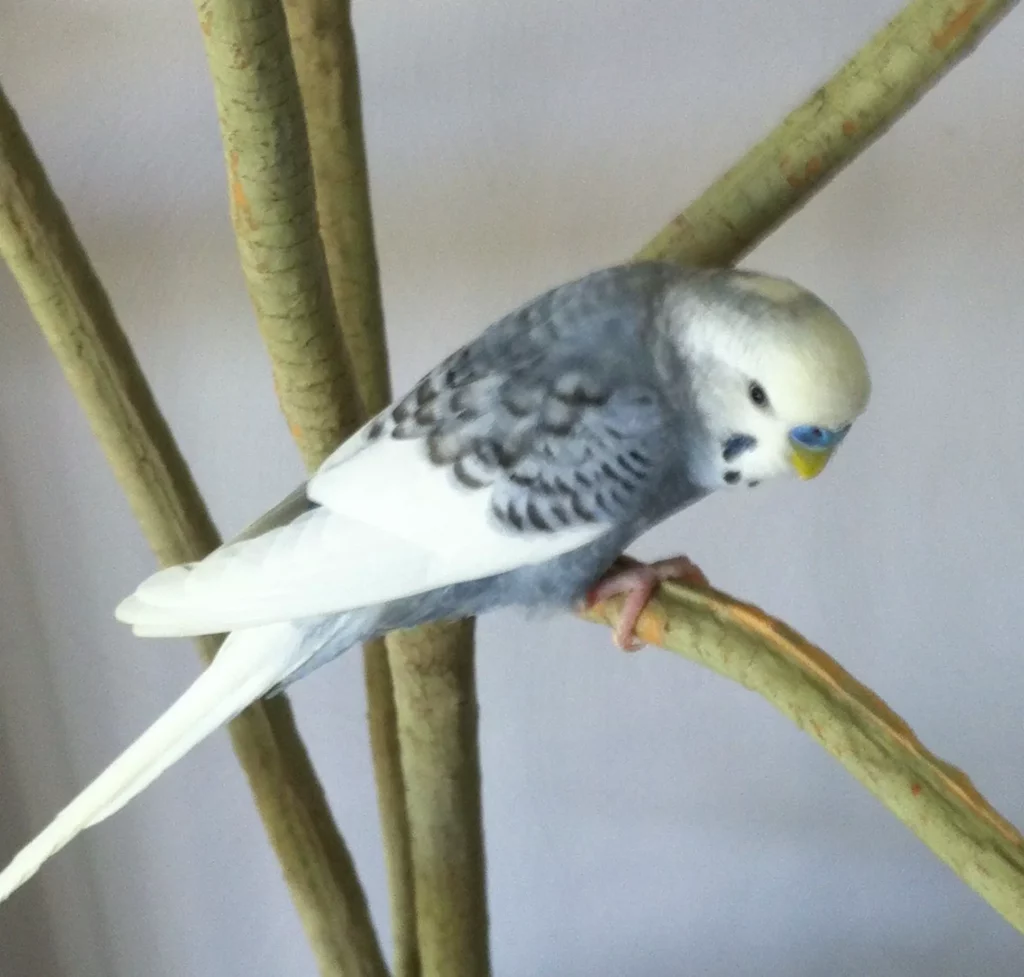
Anthracite, a mutation first discovered in 1998, results in an almost black parakeet, which can vary from dark slate to charcoal. The striking contrast between their dark bodies and bright cheek patches makes them truly stand out.
2. Clearwing Parakeets
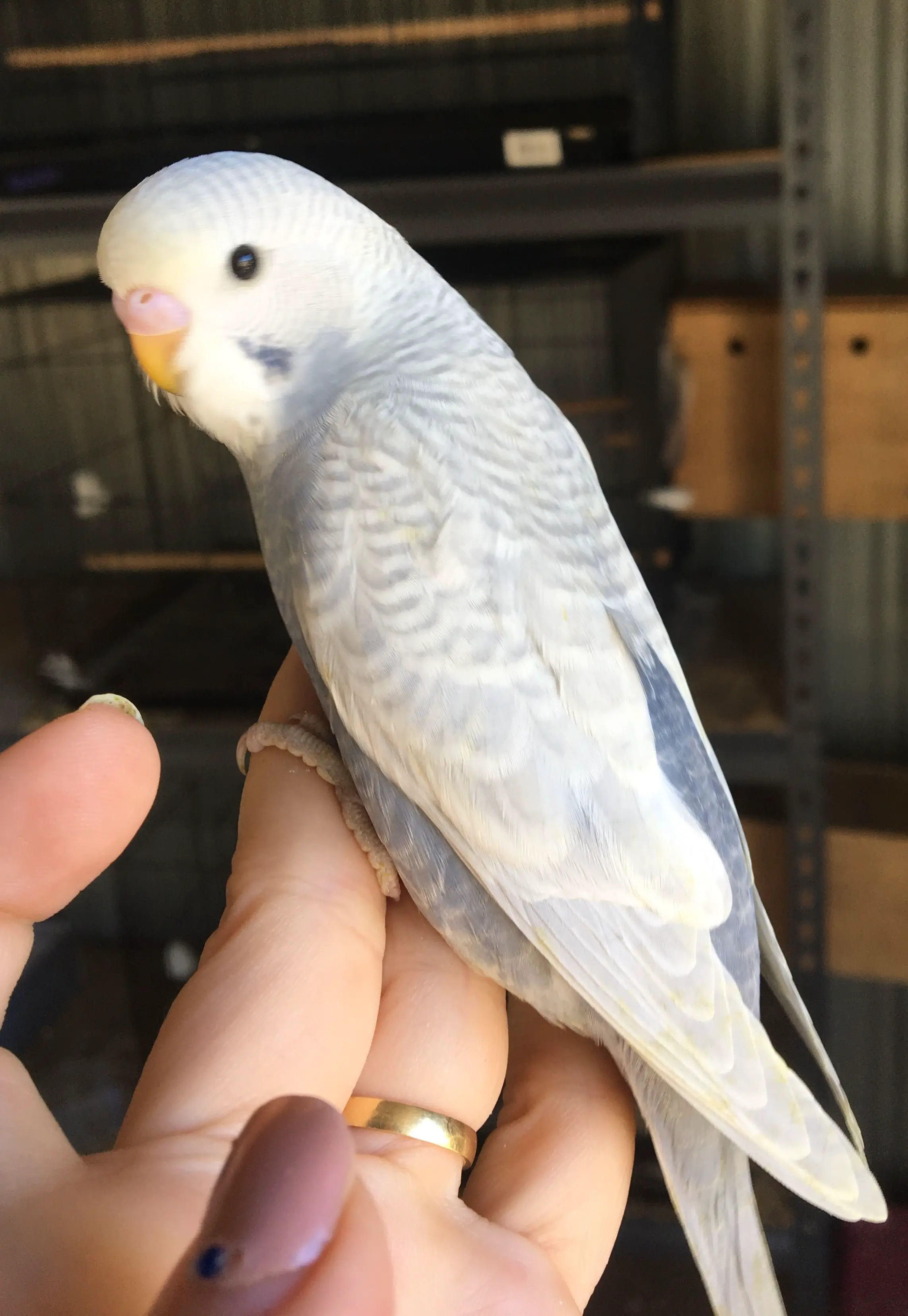
Clearwing or “dilute” parakeets have a distinct color pattern where the body color is much lighter than the standard, and the wing markings are vibrant. These parakeets are rare and highly sought after.
3. Rare Albino Variants
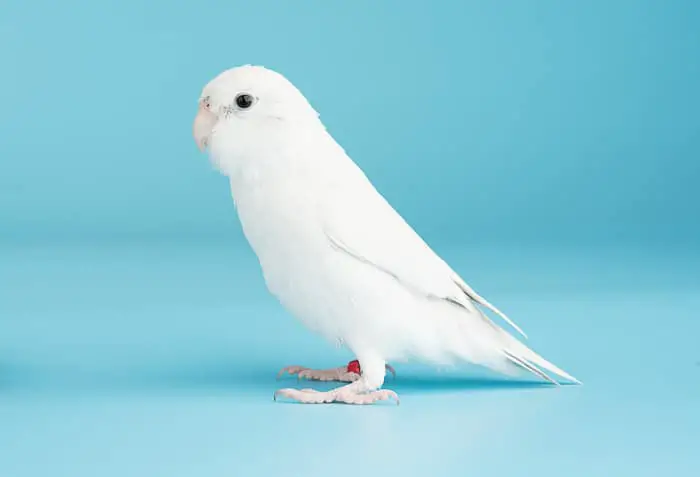
While albino parakeets (pure white with red eyes) are not overly rare, some specific types are. These include the recessive, or “non-intensive” albino, which requires both parents to carry the albino gene.
These colors, and more, are treasures within the parakeet world. Their rarity adds an extra layer of allure, making them a fascinating subject for bird enthusiasts and breeders alike.
The Anthracite Budgerigar Color Mutation
The anthracite color mutation is a recent and fascinating addition to the parakeet color palette. These parakeets sometimes referred to as ‘black budgies,’ showcase stunning dark charcoal to near-black hue, a stark contrast to the common greens and blues.
Anthracite parakeets owe their striking color to a specific type of mutation known as a ‘multiple allele mutation.’ In essence, this means that the anthracite mutation is part of a group of related mutations – each one producing a different effect on the parakeet’s color.
One of the intriguing aspects of the anthracite mutation is its variable expression. This variation can range from a deep slate gray to an almost pure black coloration. This variability makes each anthracite parakeet truly unique, adding to their allure and mystique.
Despite their captivating beauty, anthracite parakeets remain one of the rarest parakeet colors due to the complexity of breeding required to produce this mutation. Their relative scarcity only adds to their appeal, making them a true gem in the world of parakeets.
Calculating Budgie Color Mutations: The Budgie Mutation Calculator
Predicting the potential color outcomes of breeding pairs in parakeets can be complex, given the wide array of genetic variables involved. Thankfully, tools like the budgie mutation calculator make this process more manageable for breeders and enthusiasts alike.
A budgie mutation calculator is a software tool that applies the principles of genetics to predict the possible color mutations in the offspring of a given pair of budgies. It takes into consideration the colors and mutations of the parent birds, presenting a range of probable outcomes for their chicks.
Here’s a quick guide on how to use this fascinating tool:
- Input the parent budgies’ colors and mutations: You’ll need to know the specific color and mutation type of both parent budgies. Remember, these details are crucial for accurate results.
- Run the calculator: Once you’ve inputted the necessary details, the calculator will generate a list of potential offspring colors and mutations based on the parents’ genetic makeup.
- Interpret the results: The calculator will provide probabilities for each potential outcome. These probabilities are based on Mendelian genetics principles and are usually pretty accurate, although nature can always throw a curveball.
Remember, while budgie mutation calculators can be incredibly helpful, they’re not 100% foolproof. Genetics can be unpredictable, and rare or new mutations may not be included in the calculator’s algorithm.
However, for the most common and many rare mutations, they’re a fantastic tool to help guide breeders and parakeet enthusiasts.
Spotlights on Specific Rare Parakeet Colors: Anthracite, Albino, and More
The world of parakeet colors and mutations is full of surprising spectacles. Each color variation paints a unique picture of nature’s creativity, making every bird a little masterpiece. Today, let’s spotlight some of the rarest parakeet colors that are especially noteworthy.
Anthracite Parakeets: We have already explored the anthracite mutation, but it deserves another mention due to its striking coloration. These parakeets, often dubbed ‘black budgies,’ are a dark charcoal hue that can sometimes appear nearly black. Their rarity only heightens their appeal among bird enthusiasts.
Albino Parakeets: Albinism, though rare, occurs in many species, and parakeets are no exception. Albino parakeets have a distinct lack of color, resulting in pure white plumage and red or pink eyes. This striking appearance, combined with their rarity, makes them highly sought after.
Lutino Parakeets: The lutino mutation results in a bright, all-yellow parakeet, similar to the albino’s effect but with yellow pigmentation instead of white. Lutino parakeets also have red or pink eyes, making them equally captivating to bird lovers.
Violet Parakeets: A deep, intense violet hue characterizes violet parakeets, a coloration achieved through the combination of a blue and a dark factor mutation. The result is a striking, rich color that is a rare delight to behold.
Rainbow Parakeets: This multi-colored spectacle isn’t a single mutation but a combination of several. Rainbow parakeets typically have a mix of vibrant blues, yellows, and whites, creating a visually stunning effect.
Remember, these colors and mutations only scratch the surface of the diversity found within parakeets. Each bird is a unique work of art, and their varied hues continue to fascinate bird enthusiasts worldwide.
Breeding for Rare Colors: Challenges, Rewards, and Ethical Considerations
Breeding parakeets for rare colors presents a unique set of challenges and rewards. It is an intriguing pursuit that requires in-depth knowledge of parakeet genetics and mutations. However, it also brings about some crucial ethical considerations.
Breeding for rare colors can be a challenge. It involves careful selection of parent birds with the desired traits and understanding how these traits might combine. Not only this, but breeders also need to be prepared for unexpected results, as genetics can often surprise us.
The rewards of breeding for rare colors can be significant. Seeing a unique color mutation appear in a clutch of chicks can be an exhilarating moment. Furthermore, rare color parakeets can be quite valuable, adding a potential financial incentive to the process.
However, it’s essential to consider the ethical aspects involved in breeding for rare colors. For instance, some color mutations might be linked to health issues or decreased lifespan in the birds. Ethical breeders prioritize the health and well-being of their birds over achieving a particular color or pattern.
Also, an ethical breeder focuses on maintaining a diverse gene pool to prevent inbreeding and its associated health risks. It’s essential to remember that each parakeet, regardless of its color, deserves a healthy life and proper care.
In conclusion, while breeding for rare parakeet colors can be an exciting endeavor, it should always be approached with a deep understanding of genetics, a commitment to the birds’ welfare, and an adherence to ethical breeding practices.
Caring for Parakeets with Rare Colors: Is There a Difference?
When it comes to caring for parakeets with rare colors, it might be natural to wonder if there are special considerations or requirements. However, the good news is that, in general, the care required for a parakeet does not drastically change based on its color or mutation.
Regardless of their plumage color, all parakeets share the same basic needs:
- Balanced Diet: Like all parakeets, birds with rare colors need a diet rich in seeds, fresh fruits, and vegetables. An occasional treat of cuttlebone can also help meet their calcium needs.
- Clean Habitat: Keeping the bird’s cage clean is crucial for preventing diseases. Regularly change the water and remove any food leftovers daily.
- Mental Stimulation: All parakeets, regardless of their color, need toys and activities to keep them mentally stimulated and physically active.
- Regular Vet Checks: It’s recommended that all parakeets, rare colors included, have annual check-ups with an avian vet.
However, it is worth noting that some color mutations might come with additional health concerns. For example, albino and lutino parakeets can be more prone to vision problems due to the lack of pigmentation in their eyes. For these birds, avoiding sudden changes in lighting can help mitigate potential eye strain.
In summary, while the basic care guidelines remain the same for all parakeets, being aware of any specific needs linked to a particular color mutation is always beneficial for the bird’s health and well-being.
Frequently Asked Questions
Are all parakeet colors naturally occurring?
Many parakeet colors are naturally occurring, but certain rare colors, such as Anthracite, have been achieved through selective breeding.
Does a rare parakeet color mean a different temperament?
No, a parakeet’s color or mutation does not affect its temperament. Personality traits in parakeets are individual and not linked to their color.
Can I breed parakeets to achieve a specific rare color?
It is possible to breed parakeets for specific color mutations, but it requires a deep understanding of budgie genetics. Also, ethical considerations should always be paramount, with the health and well-being of the birds taking precedence over color breeding objectives.
Conclusion
The world of parakeet colors is a fascinating realm, filled with a myriad of shades, patterns, and mutations. From the common blues and greens to the ultra-rare Anthracite and albino mutations, the diversity in parakeet colors is a testament to nature’s artistic flair.
In our exploration, we’ve delved into understanding color mutations, revealed the rarest parakeet colors, and looked closely at the Anthracite budgerigar color mutation. We’ve also discussed the complexities of breeding for rare colors and touched upon the care needs of these special birds.
Ultimately, regardless of color, each parakeet is a unique individual deserving of love, care, and respect. Whether you’re a breeder seeking to explore the boundaries of color mutations or a bird lover just starting to appreciate the beauty of parakeets, remember that these birds, rare or not, are living creatures whose welfare should always be our top priority.
May your journey in the fascinating world of parakeet colors be filled with discovery, joy, and most importantly, a deepened appreciation for these remarkable birds and their vibrant shades.

